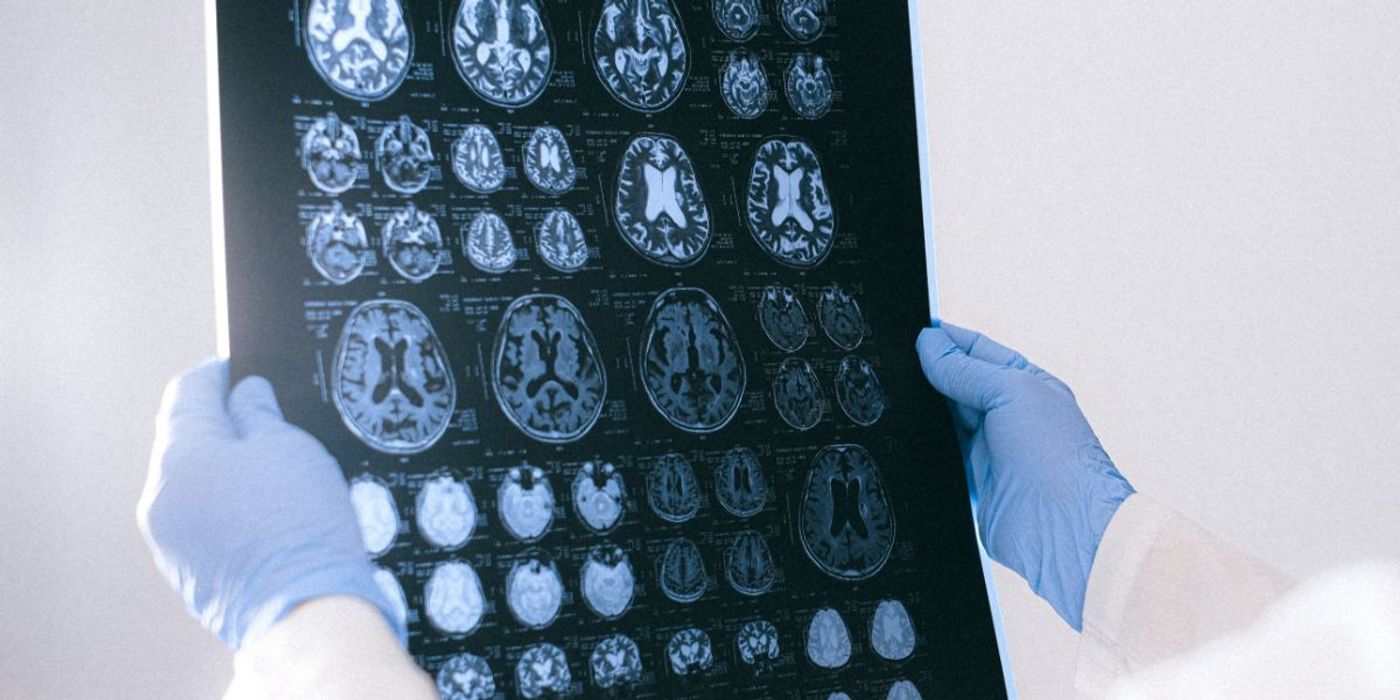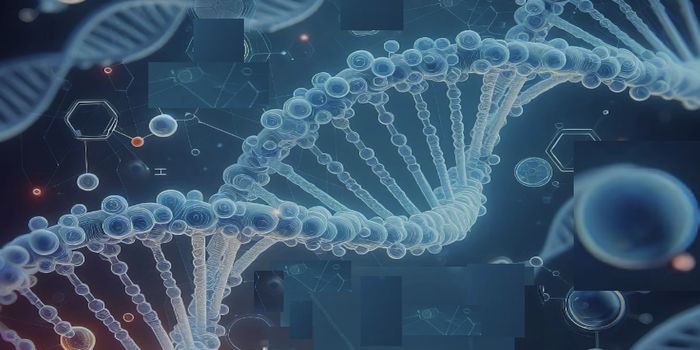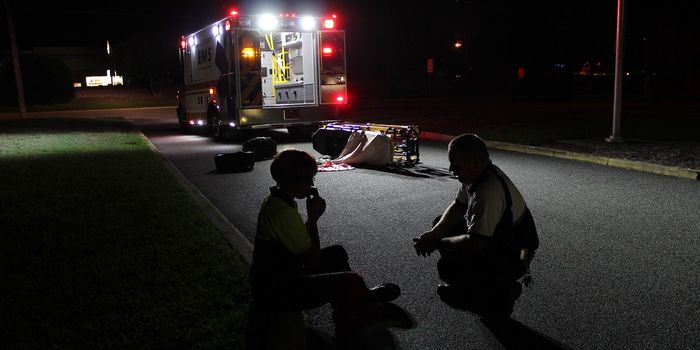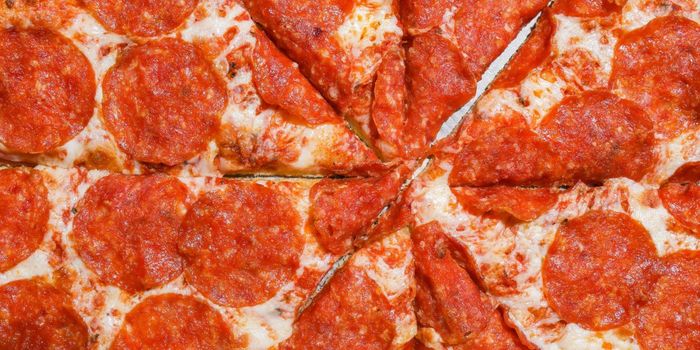AI Predicts Recovery from Severe Brain Injury with 80% Accuracy
Researchers from the University of Western Ontario in Canada have found that an AI tool can predict who will recover from serious brain injury 80% of the time. The corresponding study was published in the Journal of Neurology.
There are several potential causes for severe brain injury. These include stroke, cardiac arrest, and traumatic brain injury. Until now, however, there has been a lack of reliable tools and techniques to predict functional recovery in unresponsive patients following severe brain injury. In the current study, researchers set out to see whether MRI imaging could be used to predict patient recovery.
To do so, they enrolled 25 patients with severe brain injury and an average age of 43.7 years old. Each patient underwent a 5.5-minute resting-state scan. Patients were also assessed using the Glasgow Outcome Scale, which classifies patients according to outcomes ranging from ‘death’ to ‘good recovery', or a return to original function. According to the scale, 15 patients had a ‘poor’ outcome, while 10 had a ‘good’ outcome.
"We previously found that information about the potential for recovery in these patients was captured in the way different brain regions communicate with each other," said lead study author, Dr. Loretta Norton, Assistant Professor of Psychology at the University of Western Ontario, in a press release, "Intact communication between brain regions is an important factor for regaining consciousness."
Ultimately, the researchers found that they could predict 8 of 10 patients with good and 12 of 15 patients with poor recovery via a machine learning model. They wrote that their approach could identify good functional outcomes with a higher sensitivity than the current standard of care, but that further research and testing are required to improve the model beyond 80% sensitivity.
“Given that these models learn best when they have lots of data, we hope our findings will lead to further collaborations with ICUs across Canada," said study author Karnig Kazazian, a Ph.D. candidate at Schulich School of Medicine & Dentistry at the University of Western Ontario, in a press release.
Sources: Science Daily, Journal of Neurology









